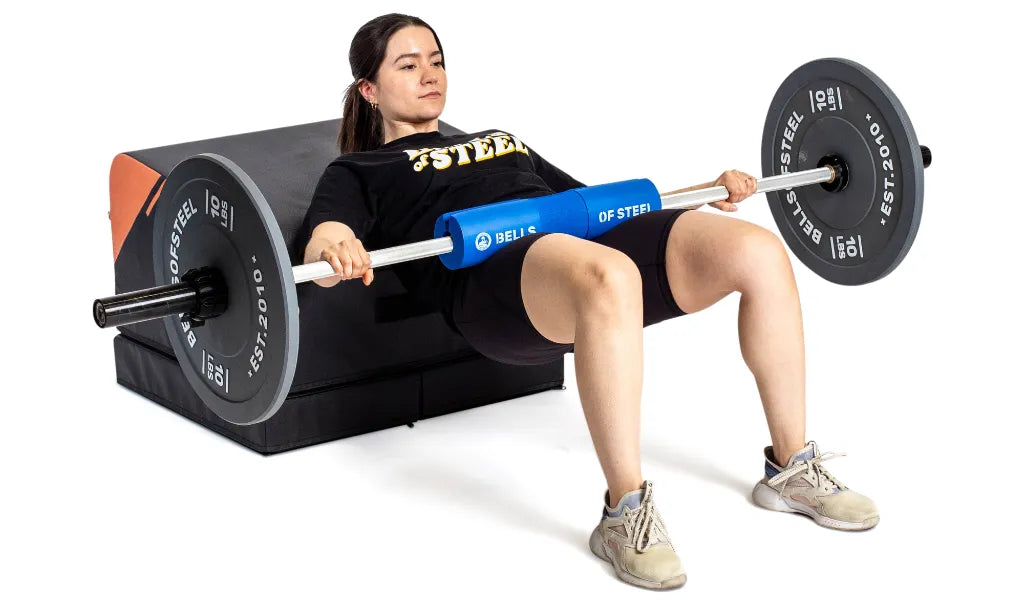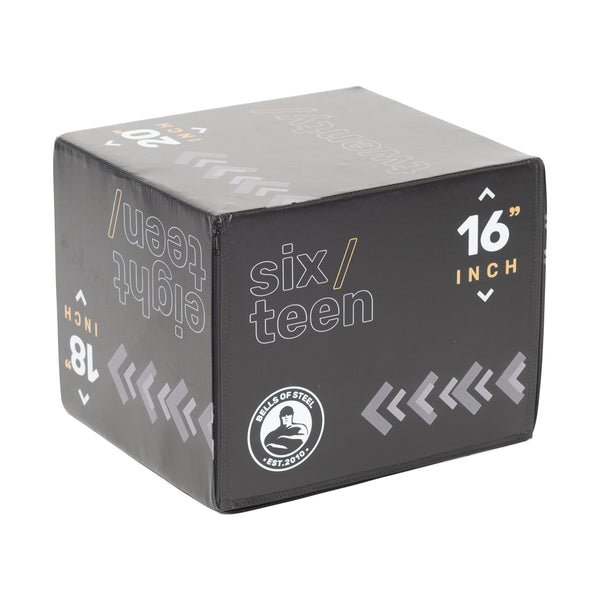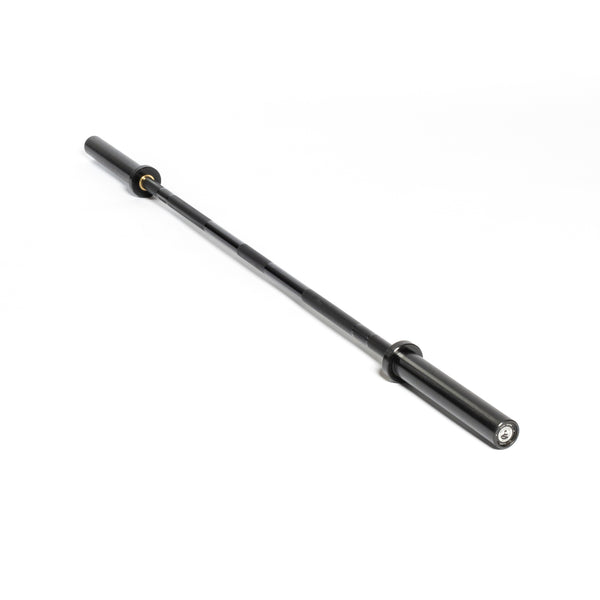So, you're getting your home gym set up and you're eyeing that shorter barbell for hip thrusts. But wait a minute! Can you actually use a shorter bar for this booty-blasting exercise? Let's dive into the nitty-gritty and uncover the truth behind the hip thrust with a shorter barbell.
You bet your glutes you can! While traditional barbells are the go-to for hip thrusts, shorter barbells can also get the job done. These compact versions might not look as menacing as their longer counterparts, but they're just as effective at targeting those posterior powerhouses.
Pros:
- Space Saver - Shorter barbells take up less room in your home gym, leaving more space for dance parties between sets.
- Portability - Need to take your gains on the go? Shorter barbells are easier to transport, so you can thrust anywhere, anytime.
- Stability - With a shorter bar, you have better control over your movements, ensuring a stable and safe hip-thrusting experience.
Cons:
- Limited Load Capacity - Shorter barbells typically have a lower weight capacity compared to their longer counterparts. So, if you're a certified strongman, you might need to stick with the big guns.
- Range of Motion - Depending on the length of the bar, you might experience a slightly restricted range of motion compared to a standard barbell. But hey, it's all about the squeeze, right?
Ah, the million-dollar question! While there's no one-size-fits-all answer, a barbell that allows for full range of motion without compromising stability is your best bet. Opt for a length that feels comfortable and allows you to load up those plates without feeling like you're sacrificing form. Ready to take your hip thrusts to the next level and really chase those booty gains? Follow these expert tips to get more from your workout.
1. Bench Adjustments
To really get those glutes firing, invest in an adjustable bench. This versatile piece of equipment allows you to tweak your setup for optimal thrusting action. Experiment with different bench angles to target different areas of your booty and thighs.
2. Mind-Muscle Connection
Don't just go through the motions—focus on that mind-muscle connection! Visualize your glutes doing the work with each rep, and squeeze those cheeks like you're trying to crack a walnut between them. Sure, it’s a weird visual, but it works for deadlifting, too!
3. Progressive Overload
To keep those gains coming, gradually increase the weight you're lifting over time. Whether you're using a shorter barbell or a traditional one, progressive overload is key to building strength and muscle mass.
Q: Can I use dumbbells for hip thrusts instead of a barbell?
A: Absolutely! Dumbbells can be a great alternative if you don't have access to a barbell. Simply hold one dumbbell in each hand on your hips and thrust away.
Q: How often should I do hip thrusts?
A: It depends on your goals and overall workout routine, but aiming for 2-3 times a week is a good starting point for most people.
Q: Can hip thrusts help with lower back pain?
A: Hip thrusts can actually help strengthen the muscles around your lower back and hips, potentially reducing pain and improving overall stability. However, form is everything, especially if you have a history of back issues. Consider working with a trainer to get your form locked down. So, there you have it—shorter barbells can be a game-changer for your hip-thrusting adventures. Whether you're looking to save space, boost stability, or just switch things up, don't underestimate the power of the shorter bar. Get thrusting, and let those glutes do the talking!



